Soleá from the inside out
My second semester as a Visiting Assistant Professor at Oberlin, I took on the task of sharing soleá with a beginning flamenco class. They’d learned Sevillanas and tangos, and something inspired me to take on teaching soleá.
I taught a salida (entrance), a llamada (call to the musicians), and a letra (verse). They picked up the steps. They were starting to understand the rhythm. But they looked like zombies. Without experiences seeing live flamenco performed por soleá or the cultural immersion in the form and in Andalusia, how could I get them to embody the depth of the form?
I shared my experiences of soleá. I had them write about their experiences with grief and loneliness. We analyzed videos. As they danced they imagined they were in the places they go to when they want to be alone or with a person they seek out when they are lonely. And yet, when they did the full dance, the presence required had not yet been developed.
We improvised to Miles Davis’ Soleá - letting go of the flamenco rhythm and experiencing Davis’ interpretation of the form. Through that, they began to let go of the steps and seek the essence.
I brought in a book of black and white photos of the New Mexican landscape (my home state), by Kirk Gittings. The book titled, Shelter from the Storm, gave concrete images that paralleled the ambience of the soleá style. We left the choreography momentarily. Each student chose an image to study, to take in the details, and then to dance that image - either its essence or to embody the image, and ideally to do both. We returned to the choreography, and I asked them to still be that photo within the prefigured movements. The class became more grounded, more confident, and their movements became larger. Yet, we hadn’t fully arrived yet.
One class, I had them bring in a photo or painting that to them represented soleá. They each shared why they had chosen that image. One student, Alexa Myles, shared a family photo from a vacation - it didn’t look at all like it related to soleá - the family posed in front of a monument. But she explained the following:
“This photo captures a moment in time in which my mom was struggling with new management at work. There wasn’t respect for the amount of time she had put into the company. We could all felt it slowly eat away at her.
“The existence of this particular kind of exploitation disheartens me. The resistance against it is what I think the soleá can embody well; It’s the continual struggle to recognize your own value and humanity amongst those who don’t.
“The solea is a celebration of my mom’s endurance, and like the dance, this poem helps more generally capture the admiration daughters may have for their mothers.”
Myles understood soleá. She captured its essence as she explained why she chose the photo. Other students brought in photos of people they had lost, abandoned spaces, landscapes of mist and mountains. Each photo had personal significance. They began to dance the soleá from these places and people. And so, they began to truly dance their soleá.


